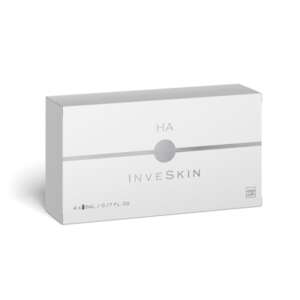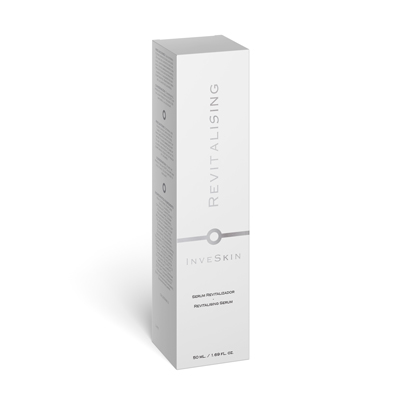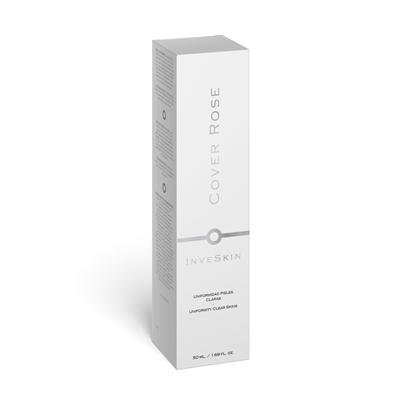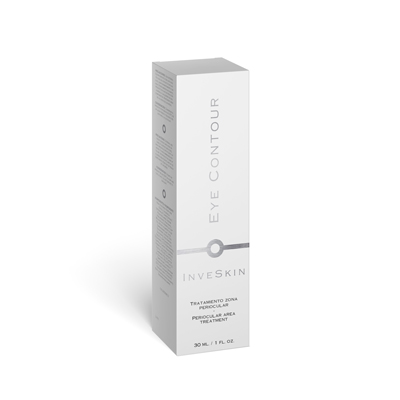LONG-LASTING HYDRATION PROTOCOL
INVESKIN HA
Recommended for flaccid and dehydrated skin with slight expression lines.

Frequency: 1 weekly session with 4 consecutive sessions. Subsequently, apply the maintenance sessions.
PHASE 0
Preparation of an extemporaneous formula
INVESKIN HA is an extemporaneous formula for cutaneous recovery and deep, long-lasting hydration. Concentrated with 2% Hyaluronic Acid.
- Mix one ampoule of INVESKIN EGF with one vial of INVESKIN HA to form an emulsion.
EGF Ampoule and HA Vial
- Shake the mixture in the HA vial to emulsify all its phases and place the silicone applicator for dosing.
PHASE 1
Treatment application
Cleanse and prepare the skin, which may include superficial peeling to exfoliate dead cells.
Apply the extemporaneous formula on the face and neck using virtual mesotherapy or microneedling (any equipment that does not produce heat), as usual.
The application of the extemporaneous formula is done zone by zone, dividing the face horizontally into at least three zones. Treat each zone individually, applying a few drops and working until complete absorption. You can then insist on areas that require more attention. Do not remove it, and let it penetrate, if necessary, with occlusive system assistance.
Continue with INVESKIN Eye Contour for the eye contour area. Do not remove.
Finish by gently applying INVESKIN Cover all over the face.
A DICTIONARY OF ACTIVE INGREDIENTS IN THE HYDRATION TREATMENT
There are two types of hyaluronic acid that do not have the same size or offer the same benefits to the skin:
- HYALURONIC ACID: Moisturizing (forms a viscoelastic layer thanks to its high capacity to retain water). Restructures the skin’s biological matrix. Among HA’s mechanisms of action in healing is its interaction with fibrinogen, which accelerates the process of fibrin clot formation induced by thrombin. HA binds to the fibronectin molecule and stimulates epithelial migration, where cellular receptors CD-44 also participate, these are the major receptors for HA, specifically binding to it. It activates reepithelialization and regulates keratinocyte and fibroblast proliferation and migration, thus reducing the roughness of the newly formed epidermis. Repaired tissues are of better quality, and scars are less significant. When used in wounds, medium molecular weight HA interacts with the CD44 receptor, stimulating the immune system and activating the healing processes.
PHASE 2
Recommendation for home cosmetology

INVESKIN Revitalising
Apply once a day on the face, neck, and décolleté.

INVESKIN Cover
Apply in the morning. Antioxidant sunscreen that attenuates wrinkles and small imperfections.

INVESKIN Eye Contour
Apply to the eye contour area. Reduces puffiness, lightens dark circles, and attenuates expression lines. Night.

